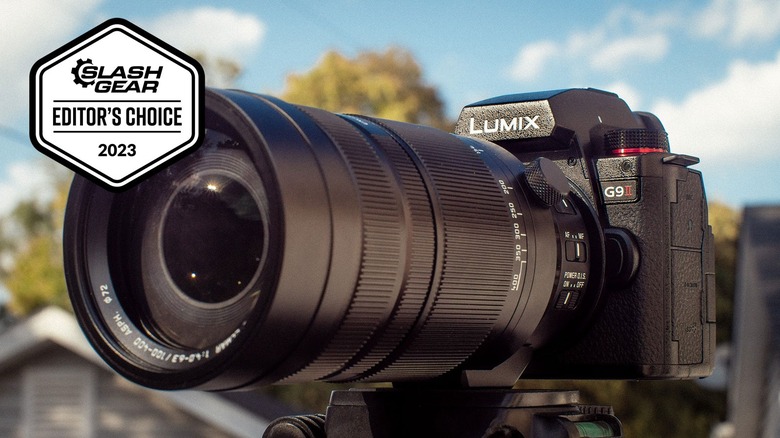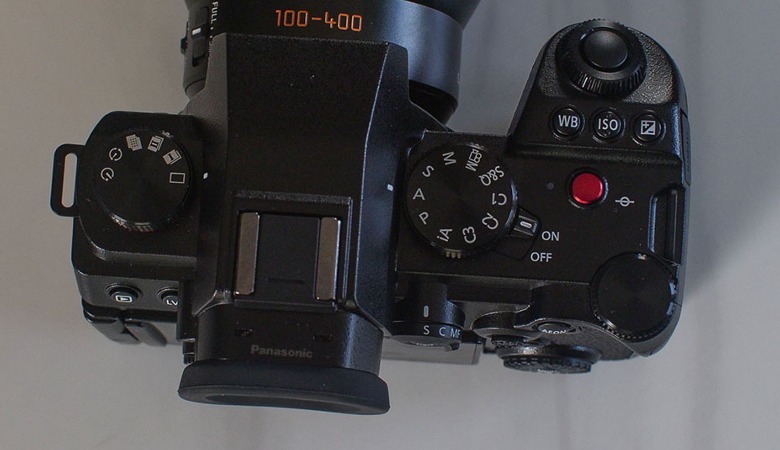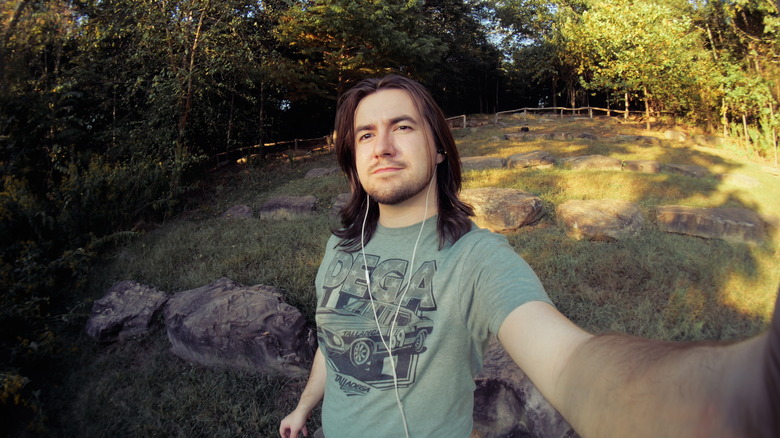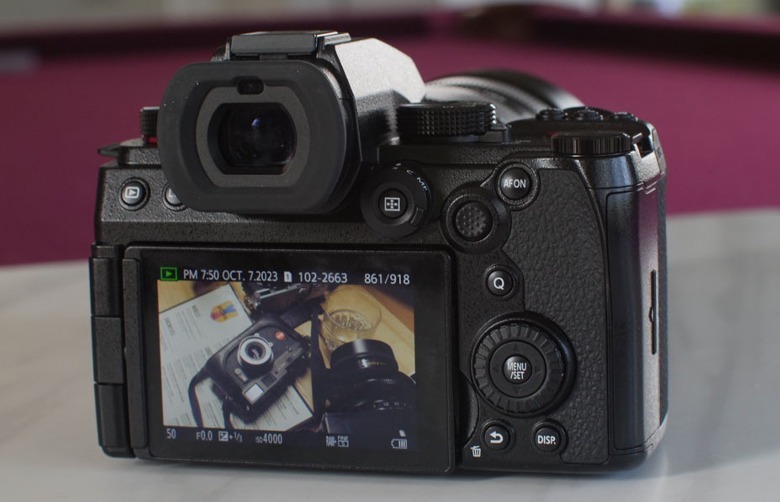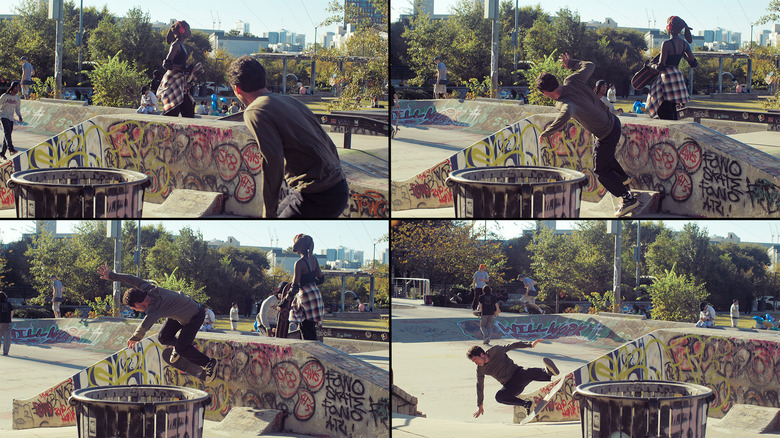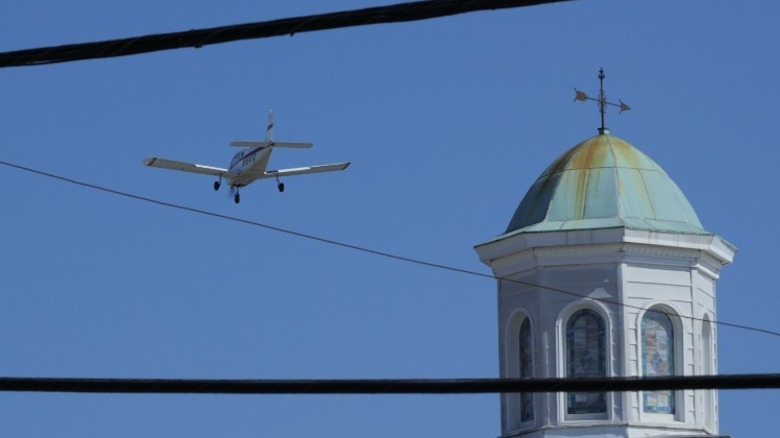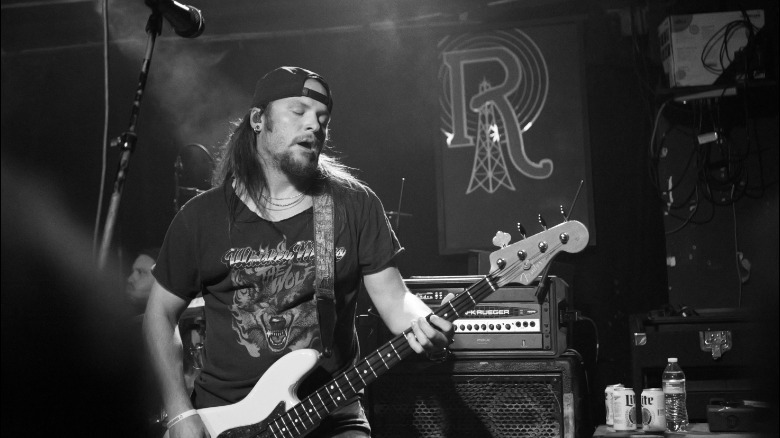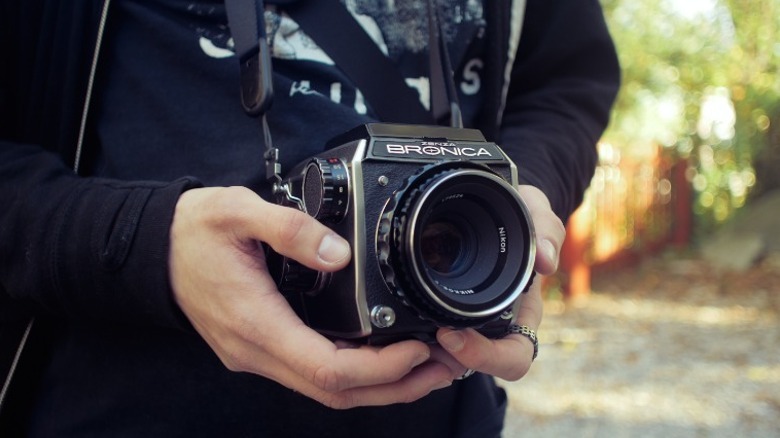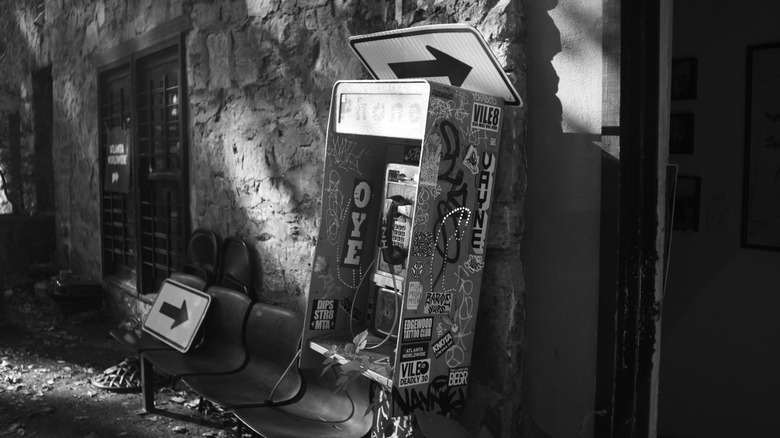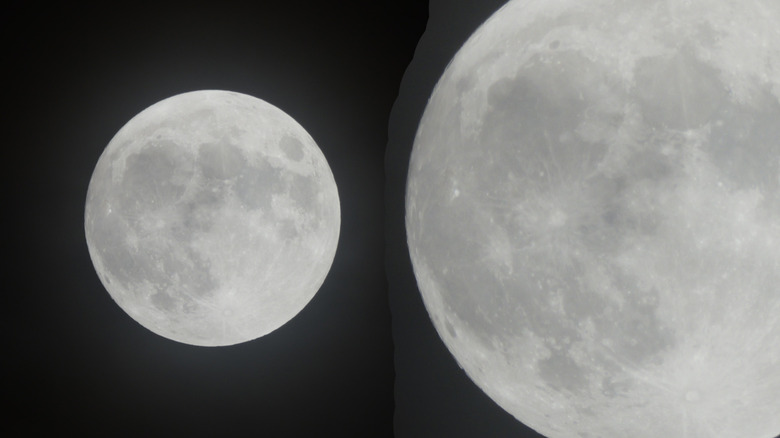Lumix G9 II Review: MFT Upgrade For Professional Wildlife Photography
- Professional Build Quality
- Priced for consumers
- Amazing Autofocus Performance and Stabilization
- High Res and High Frame Rate Video Options
- No more Cooling Fan
- Missing Some Pro Features from the GH6
- Large, Bulky Body for a Small Sensor
We may receive a commission on purchases made from links.
With so many full-frame mirrorless cameras on the market, it can be easy to forget about smaller sensor options, but in recent years we've come to appreciate the Lumix Micro Four Thirds (MFT) system by Panasonic. MFT is approximately half the size when compared to a full-frame sensor, allowing for solid body stabilization and lighter lens options. First released in 2009, Micro Four Thirds was the very first interchangeable lens mirrorless camera system, making it the longest-running on the market.
However, when it comes to things like autofocus performance, Panasonic's lineup has been lagging behind the best mirrorless cameras on the market from the likes of Sony, Canon, and Nikon. With no new Micro Four Thirds cameras since the release of the GH6 in early 2022, rumors swirled that Lumix would abandon the system and dedicate all its resources to the new L-mount full-frame cameras. This fall, the sudden announcement of the G9 II has put those rumors to bed. With an advanced hybrid autofocus system, this camera seems poised to breathe new life into the aging camera platform, but can it stay relevant among the full frame competition?
For the purpose of testing, Panasonic loaned a G9 II body along with a Lumix Leica 100-400mm telephoto lens. All other lenses used for this piece came from the reviewer's personal collection.
G9 II First Impressions
At a glance, Panasonic appears to have taken the existing 25-megapixel MFT sensor from the GH6 and shoved it into the full frame body of the S5 II to create this G9 successor. Crucially, the G9 II inherits the stellar focus tracking of the full frame camera along with its physical attributes. For more information on this body design, check out our S5 II review from early 2023.
Crafting the G9 II out of pre-existing components has surely saved Panasonic a chunk of change on development costs, and the S5 is a sturdy platform to start from. Some people may see the full-frame chassis as too large and heavy to be paired with the smaller MFT sensor, but others will appreciate the professional build quality and handling of this camera compared to the smaller Micro Four Thirds offerings of the past.
As far as the body is concerned, The G9 II has the very same pros and cons as the S5 II. This camera feels heavy-duty and professional. Ergonomically, the dials are right where the fingers need them to be, and there are plenty of custom buttons in order to adjust settings quickly on the fly. However, the articulating screen and memory card door are more flimsy plastic. The rest of the body could no doubt take some hard knocks without fail, but those two components would cause concern about dropping the thing.
Autofocus Performance
Although OM System (formerly Olympus) has been building Micro Four Thirds cameras with hybrid autofocus for a few years now, this is the very first Lumix MFT body to employ a phase detect system. The old contrast-based autofocus used in cameras like the GH5 and GH6 can be perfectly competent in photo mode, but it has the tendency to get lost in video mode, especially while shooting at higher resolutions like 4K. Facial tracking in the old system is also practically useless outside of perfect lighting conditions.
The G9 II has fixed all of those problems once and for all. On this body, even older generation MFT lenses like the Lumix 20mm pancake from the early 2010s have no problem tracking a subject quickly and accurately. Low light conditions are also no problem for finding focus. The only time that this system would get tripped up is when shooting through objects like chain link fences and foliage. Switching over to a center-priority focus helped address this issue.
The menu includes options like human body, face, and eye tracking, animal body and eye tracking, plus car and motorcycle tracking. The animal tracking capability is highly impressive. While the system should be expected to work just fine with cats, dogs, and birds, it also has no problem identifying things like monkeys, lions, turtles, and giraffes. Even bugs are no problem for the detection algorithm.
Ergonomics and UI
As mentioned, the G9 II inherits most of its design features and weather sealing from the S5, and it all feels very professional except for those couple of plastic components. One thing that is present on the GH5 and GH6 but missing on this camera is a locking mode dial, so there's a possibility that the user could accidentally switch camera modes while pulling it out of their bag. The GH6 also uses a metal cradle for its articulating screen that is much more sturdy than the plastic hinge mechanism on the rest of Panasonic's lineup.
The only thing missing from the S5 II is the hidden cooling fan in the viewfinder. Panasonic probably decided that the smaller sensor on the MFT system didn't require extra cooling, and deleted the fan to save a few bucks on manufacturing cost. Theoretically, weather sealing will be better without those cooling vents, but there don't seem to be many real-world advantages to nixing the fan system.
The digital menu system is also much the same as the S5 II. One great thing about these Lumix cameras is that they give you a smorgasbord of custom options, including live exposure tools like histograms and zebras. However, these make the menu interface huge, and it takes so much scrolling to find the features you want. Definitely invest the time upfront to program your most-used options to the custom buttons and three dial presets in order to save you scrolling time.
High Speed Shooting
With its 2x crop factor, eight stops of image stabilization, and high frame rate burst modes, the G9 II will be a delight for sports and nature photographers. With the mechanical shutter active, this camera can fire off up to 10 frames per second. That's plenty fast, but the capabilities grow even more in electronic shutter mode. White E-shutter, the G9 II will shoot up to 60 frames per second while maintaining continuous autofocus. An even faster 75 frames per second mode is available, but the focus will not be adjusted between frames. With its smaller sensor, the MFT platform does a great job of minimizing rolling shutter artifacts, and there are few downsides to using the electronic mode.
Another feature that action shooters will really love is what Panasonic calls "pre-burst" mode, only available with the electronic shutter. When pre-burst is enabled, the camera will constantly be rolling and will start saving images up to 1.5 seconds before the shutter button is pressed. This gives the photographer a buffer zone to nail the shot without having to be as quick on the draw, and could potentially save photos that would be missed with the conventional shutter burst.
While testing out the burst modes on the G9 II, both raw files and Jpegs were saved to dual UHS-I SD cards. This caused the camera to lock up quickly, and it couldn't resume until it was finished writing images. For those who want to get serious about high-speed photos, we recommend picking up faster UHS-II cards or switching over to Jpeg only.
Picture Profiles and LUTs
The G9 II inherits most picture profiles from its S5 sibling, including standard, natural, monochrome, and the "VLog" video profile. However, it also gets one brand new picture profile: Leica monochrome. This black and white preset supposedly mimics the monochrome images found in Leica's much more expensive digital bodies. This monochrome setting offers a pleasant contrast for portraits and concert photography. It also takes really kindly to both over- and underexposure, so the user can really dial in how they want the image to look in-camera.
Another feature inherited from the S5 II is the custom LUT (Look Up Table) preset. LUTs are typically used by video editors in programs like Adobe Premiere and DaVinci Resolve, but saving a LUT onto the memory card of the G9 II will allow you to use it as a custom profile for your Jpegs as well. To try this feature out, we went through the process of loading a custom Kodak Pro Image 100 preset that seemed like it would go perfectly with the camera.
The first thing needed was a bit of freeware to transform the Photoshop preset into a compatible LUT present, but the G9 II would not read that file, so the LUT had to be fed into the Resolve video editor and converted to a Panasonic LUT (.VLST file) using that program. After that point, the camera recognized the LUT, and it's now able to be used inside the menu just like any other native image profile.
Video Capabilities
In a move that may surprise some, this camera inherits every single video resolution and framerate that was present in the pro-video-focused GH6. This includes a 5.8k open gate maximum resolution, 4K at up to 120 FPS, and 240 FPS at 1080p, all with 10-bit color data. All video modes can also take advantage of the VLog profile for enhanced dynamic range and grading flexibility. Unlike the S5 II, there is absolutely no crop penalty while shooting high frame rate. This thing has way more than enough video horsepower under the hood to satisfy your average hybrid photographer.
You also have the option to record minimally compressed Apple ProRes format files. ProRes allows for a great degree of color and exposure editing in suites like Final Cut, Premiere, and Resolve, but requires huge file sizes, so beware. The internal SD cards also aren't fast enough for ProRes recording at 4K or larger, so an external SSD will have to be plugged into the camera's USB-C port to unlock its full potential.
These video features and better autofocus don't immediately make the Lumix GH6 completely irrelevant — but it's a close call. The GH6 still has a shutter angle option, a better screen design, a locking mode dial, and a beefy cooling system. It can also record 5.8K ProRes internally using the faster CFExpress memory card format. Apart from those few things that professional video producers may want, the G9 II is the more compelling option between the two.
Overheating Tests
Despite the lack of a fan, the G9 II boasts a respectable bit of performance against overheating. Smaller sensors produce less heat after all. At 6K, the S5 II was limited to a 30-minute recording time, but this camera has no such limits in any mode. To really stress the camera out, it was placed into a non-air-conditioned space with an ambient temp around 80 degrees Fahrenheit and tested various video modes.
At the most common resolutions and framerates, the G9 II really doesn't break a sweat. It will happily run until the battery dies, which happens to be about 90 minutes with a full charge. Only at the highest resolutions and framerates does overheating become a possibility. After sustained recording, the grip and viewfinder on the camera became uncomfortably hot, and it would eventually shut down.
The G9 II was able to run for 54 minutes at the 5.8k max resolution before overheating, along with a respectable 50 minutes at 4K 60. 4K 120 performance was much poorer, rolling for 19 minutes before shutting down. But in the real world, 120 FPS is rarely ever needed for more than a few seconds at a time, so it really isn't an issue. If you absolutely must have better cooling than that, opt for the GH6.
High Res Mode
One final feature that we didn't really give its fair due on the S5 II is the high res image mode. This mode stacks multiple 25-megapixel exposures at a time and then spits out a 100-megapixel file with ostensibly improved detail sharpness. The high res image on the S5 didn't seem that impressive, but with this new camera, pointing the big Leica 400mm zoom at the moon could really show off the difference in detail.
Panasonic claims that you can use high res mode handheld, and the camera processor will do its best to delete any motion artifacts during the stacking process. However, if you're looking for maximum sharpness, putting the camera on a tripod and closing down the lens aperture is naturally going to give the best results, and the handheld mode seems like little more than a gimmick. To give the 100-megapixel image its best possible performance, the G9 II was mounted on the tripod, and used in conjunction with the Lumix remote shooting app so there'd be no chance of nudging the camera.
Even after all that preparation, the high res mode still didn't really impress. On the smaller sensor, potential noise is multiplied along with resolution. The 25-megapixel files have plenty of detail on their own, and the composited versions have a bit more sharpness, but it really isn't worth the trouble. These stacked images are not going to compare to a native 100-megapixel sensor like the one on the medium format Fuji GFX100.
Lens Selection
As the oldest mirrorless system in the world, Micro Four Thirds boasts a lens lineup that ranges from dirt cheap to multiple thousands of dollars. We'd recommend starting with a fast prime lens like the Lumix 25mm 1.7: available brand new for $150, and cheaper on the used market. When you start getting into professional zoom lenses, they can get just as expensive as full-frame counterparts. The 2x crop factor of the sensor gives you an advantage for long-range but also limits your options for wide angles.
Tested alongside the G9 II is the Leica 100-400mm telephoto, giving the camera a 200-800 equivalent zoom range. This lens is the sports and wildlife shooter's dream. You can be way away from the action and take a photo like you're right next to the subject, but it will be too cramped for portraits or indoor work. It also features optical stabilization to improve the already fantastic IBIS system of the camera. The lens is available for $1,300. Quite an investment, but it pairs perfectly with the G9 II or any existing MFT pro body.
During testing, the G9 II was also paired with a Viltrox speed booster and vintage Nikkor lenses. This combo gives the camera an effective 1.4x crop factor, a shallower depth of field, and better low-light performance, but it also loses autofocus. There are other speed-boosting adapters on the market that use Canon EF lenses and retain autofocus compatibility.
G9 II vs. the S5 II and Verdict
Orders for the Lumix G9 II at Best Buy (approximately $1900) are currently open and expected to ship out beginning in early November, with pricing starting at $1,900 for the body only. For all the features you get in this camera, that's an incredible bargain, but it's difficult not to benchmark it against the recent full-frame S5 II — you can buy the S5 II at Best Buy (approximately $2000) in-store right now. Both have the same basic footprint and similar features. Both have fantastic hybrid autofocus, and they're very close in price to one another. Yet the G9 II has a smaller sensor, and that will drive some people toward the S5.
However, both cameras have their place and are great in their own right. The S5 II is the clear winner for portraits, low light conditions, and adapting vintage full-frame lenses. Meanwhile, the G9 II has better stabilization, expanded video capabilities, and double the potential zoom range. Micro Four Thirds lenses also have roughly the size and weight of their full-frame equivalents, which can be a big deal for traveling photographers. Each version has pros and cons, but both are great cameras. If money were no object, they'd both have a place in the camera bag.
Overall, the G9 II does a great job of playing to the strengths of the smaller format. The only way to improve it would be to redesign it into a more compact chassis. If you're already an MFT shooter and invested in the lenses, then you really can't go wrong with this upgrade.
